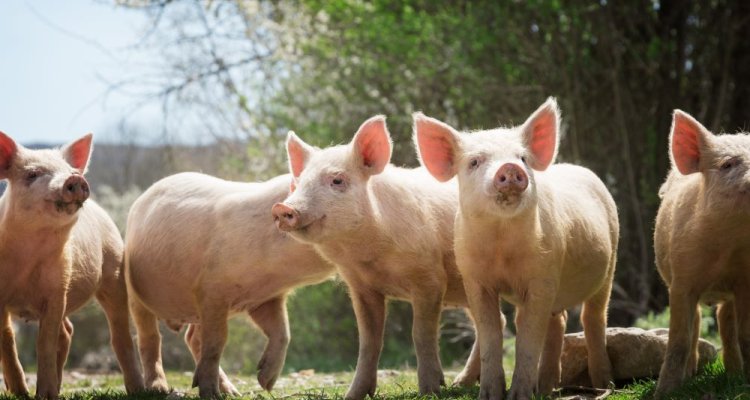
News
How can we predict the benefit of collecting data on crossbred animals?
Researchers from Wageningen University have developed a reliable approach that predicts the impact of non-additive effects on purebred-crossbred genetic correlation from data of purebred populations.
The benefit of routinely collecting data on crossbred animals is largely determined by the purebred-crossbred genetic correlation (rpc). However, computing the rpc requires measuring performance of crossbred animals, which can be difficult and costly. The newly developed approach may help breeders to decide whether data on crossbred populations should be collected routinely.
The purebred-crossbred genetic correlation
The purebred-crossbred genetic correlation is a key parameter in the optimization of breeding programs that rely on crossbreeding (for example pigs and poultry breeding programs). This correlation determines to what extent genetic progress can be improved by collecting data on crossbred animals. Computing the rpc requires measuring performance of crossbred animals. However, collecting such data is costly, and is therefore not necessarily done routinely within all breeding programs. Breeders would therefore benefit from predicting rpc from data on purebred populations alone.
Predicting rpc
The rpc can be lower than 1.0 due to genotype by environment interactions and non-additive effects. In earlier work, the researchers developed equations to predict the impact of non-additive effects on , using only information obtained from purebred animals. This previous study showed that the equations provided accurate upper and lower limits of the rpc.
In the latest study, the equations were validated in a real dataset of pigs from Topigs Norsvin. The results showed that the genetic parameters required for the equations could be estimated from information of the parental lines using ordinary statistical methods. With this approach, in nearly all cases the interval between the predicted lower and upper limit included the estimated rpc. The results of this research may help breeders to predict the benefit of collecting data on crossbred animals, and may contribute to the efficiency of crossbred breeding programs.
This research was supported by the Netherlands Organisation of Scientific Research (NWO) and the Breed4Food consortium partners Cobb Europe, CRV, Hendrix Gentics, and Topigs Norsvin. Data was kindly provided by Topigs Norsvin.